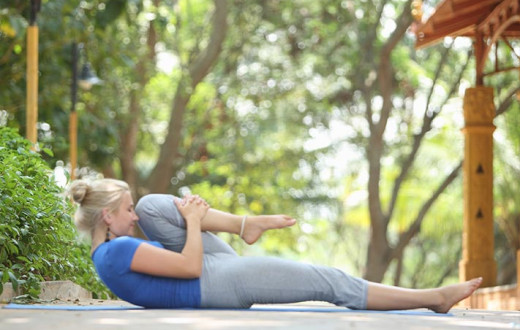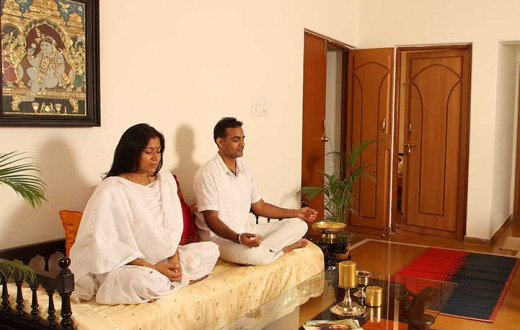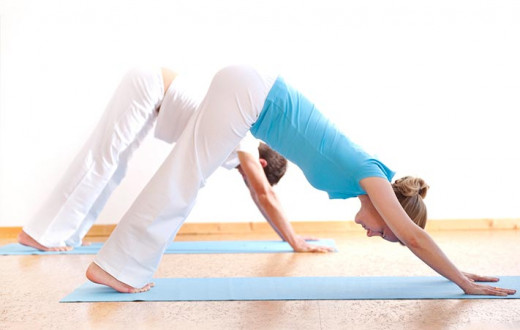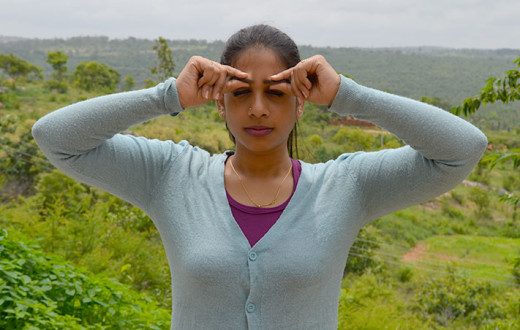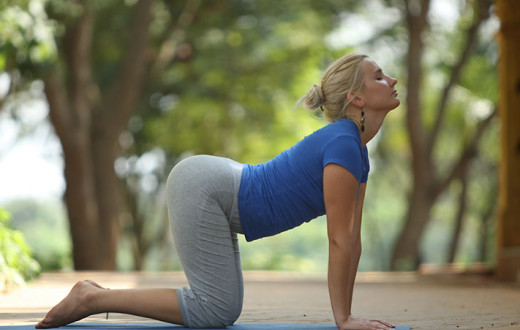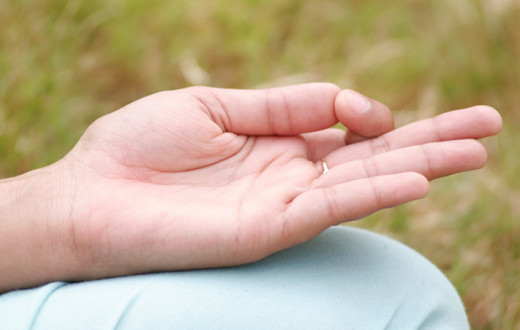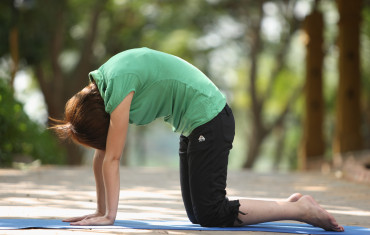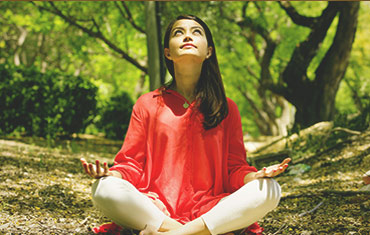How often do we figure a person doing the headstand against some picturesque backdrop and say ‘yoga is not for me’? You might want to revisit your thought once you go through these 11 unique beginners’ yoga tips. This is an easy way to initiate your yoga practice and reap the benefits yoga has to offer. Read them and find yourself doing yoga against a picturesque backdrop instead.
Yoga Tips for Beginners
- Yoga for Beginners
- Yoga A New Dimension to Life
- Take the Experts Help to Learn Yoga
- Dress Comfortably!
- Be a Regular Yogi
- Stay Light!
- Warm-up before Hitting the Yoga Mat
- Smile To Take You through the Miles
- Challenge Your Limits – One Step at a Time
- Every Yoga Asana Is Unique, Just Like You
- Relax to Recharge! - Yoga Tips
1. Yoga for Beginners
As a beginner, often we equate yoga with some tough, limb-twisting poses. And aren't you sometimes concerned that: "I can't even touch my toes, how can I do yoga?" Yoga is not about touching your toes, or stretching 98 degrees to your northeast. It’s a simple process of uniting with yourself - using your breath, body and mind. And it’s easy and effortless.
So, never mind if you're not Ms. Flexible or Mr. Stretchable, or are venturing into yoga at the age of 40, or you have secret love handles that are stressing you out - just remove all those myths before beginning your yoga practice! The only one watching you is yourself - so just relax. This journey will bring much joy and relaxation to you!
2. Yoga A New Dimension to Life
It is best to start learning yoga under the guidance of a qualified yoga teacher who can lead you through the correct way of doing each technique. This would help you learn yoga asanas (postures) properly and avoid possible injuries. Some of the philosophies or techniques taught in yoga may be new but it is a good idea to keep an open mind, as it will help broaden your vision and enhance your yoga experience.
3. Take the Experts Help to Learn Yoga
If you have a medical condition, inform your Sri Sri Yoga instructor prior to the commencement of your yoga training. It will help the teacher customize your yoga asana practice and avoid any complications or injuries.
4. Dress Comfortably!
Wear comfortable clothing while going for the yoga class or when practicing yoga at home. Also, avoid wearing belts or excessive jewelry as it could get in the way of your yoga practice.
5. Be a Regular Yogi
Although it’s best to practice yoga asanas early in the morning, any time of the day is fine till you are regular with your practice. If mornings don’t suit your schedule, don’t let it be an excuse to give up practicing yoga completely!
6. Stay Light!
It is advised to practice on an empty stomach or at least 2-3 hours after your last meal. Also, it’s advised to have at least three to four liters of water during the day as it will help you to flush the toxins that are released during your yoga practice, out of the body.
7. Warm-up before Hitting the Yoga Mat
Sukshma Vyayam or gentle warm-up exercises help loosen up the body and prepare it for the yoga asanas coming ahead. Here are a few warm-up exercises:
> Massaging the head, brows, nose and cheeks: Whenever we make a mistake, we instinctively place a hand on the head. This is a sign that blood circulation in the brain is less and a massage is needed!
> Rotate your neck, both clockwise and anticlockwise to relieve any stiffness.
> Pump your shoulders and shake those hands to shrug off the lethargy.
8. Smile To Take You through the Miles
Keeping a gentle smile relaxes the body and mind and helps you enjoy the yoga asanas much more. With a calm mind, you can push your body’s limits further and stretch more than usual.
9. Challenge Your Limits – One Step at a Time
The ancient yogic text, Patanjali Yoga Sutra, defines yoga asana as Sthira Sukham Asanam. Do only as much as you comfortably can and then just stretch a bit more (to improve body flexibility). Remember to use the breath as a reference point - when it is light and long, then the muscles begin to relax; but when the breath is jagged or uneven, it means you have over-exerted.
Going slightly beyond your comfort zone will keep the yoga practice interesting and will add a spark of a challenge as you progress and adopt new yoga asanas.
10. Every Yoga Asana Is Unique, Just Like You
Wherever you stand in your yoga practice, be happy with it and don’t compare yourself to other students in the yoga class. Remember that each body type is unique and different people are at different levels of expertise. Some might easily perform a particular yoga asana, while others may need a little more time and practice to get there. Therefore, don't feel pressurized and over-exert yourself. Your flexibility and efficiency in doing yoga postures will improve with regular practice.
Do not be alarmed if you experience some soreness in the muscles during the initial days of the practice. But if the pain persists, inform your instructor immediately. The crux here is to be regular with your yoga practice and have patience. Just like any other discipline, it will take some time for the body to get used to the yoga asanas.
11. Relax to Recharge! - Yoga Tips
As you complete your yoga asana practice, don't be in a great hurry to get up and start moving about with the tasks lined up for the day. It is a good idea to lie down in Yoga Nidra for a few minutes, as it helps cool down the body and consolidate the energy produced through yoga asana practice. Yoga Nidra is also beneficial in completely relaxing the mind and body after the yoga workout.
You will be able to experience the subtler and deeper benefits of yoga in due time only if you stay regular with your practice. Yoga encompasses yoga asanas, timeless ancient philosophy, pranayamas (breathing techniques) and meditations, which take you beyond the body level, offering a deeper spiritual experience.
Your body is like the wick of a candle and the mind is like the glow all around it. It is the "Prana" or life force in us that nourishes the mind and keeps the body alive. "Pranayama" means working in the dimension of "prana."
The Prana creates an aura around the body. Every problem first generates in the subtle and then surfaces on the physical level. Sickness shows up in your Prana (Pranic Body) much before you get sick physically. Pranayama clears the whole energy around you, expands your aura and heightens the spirit. It brings clarity to the mind and good health to the body.
So, give yourself some of your valuable time and be patient for the results that will make you more flexible, healthy, calm, efficient and zealous. Happy practicing yogis!
Yoga beginners can also learn more about:
The piece has been based on inputs by Kamlesh Barwal, Sri Sri Yoga Director.













